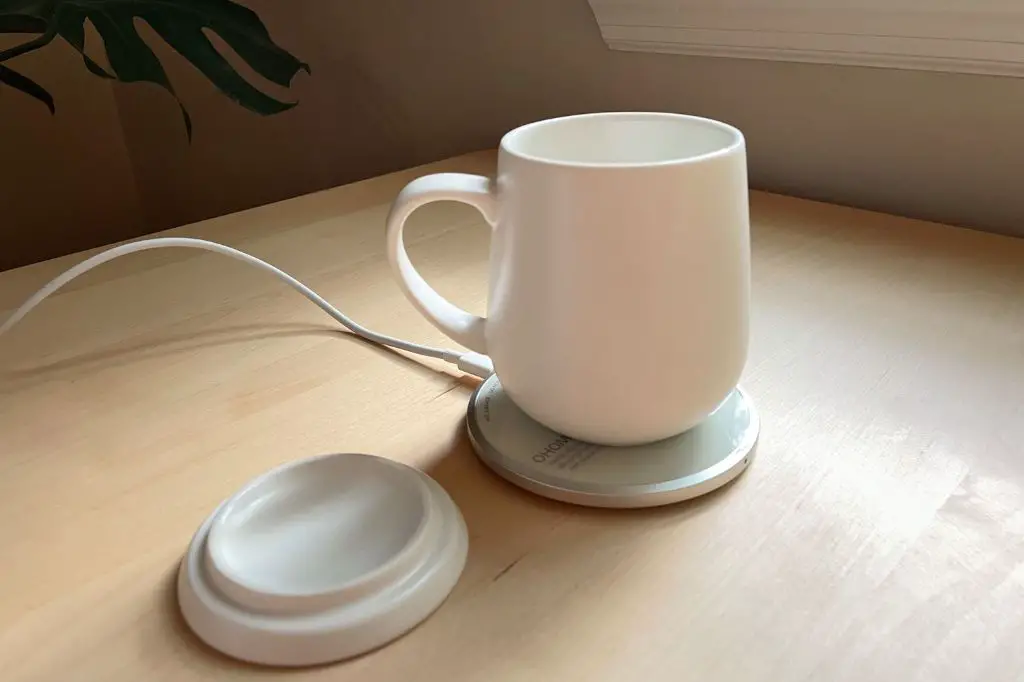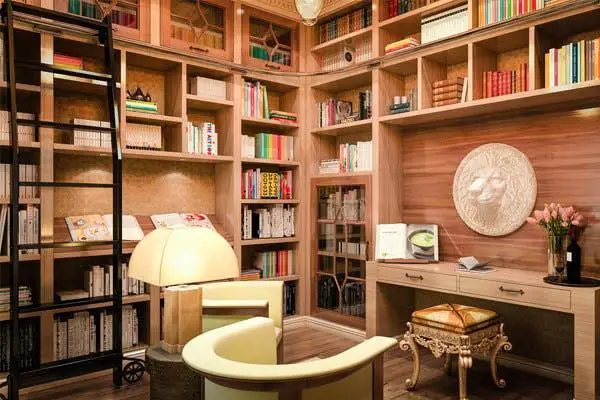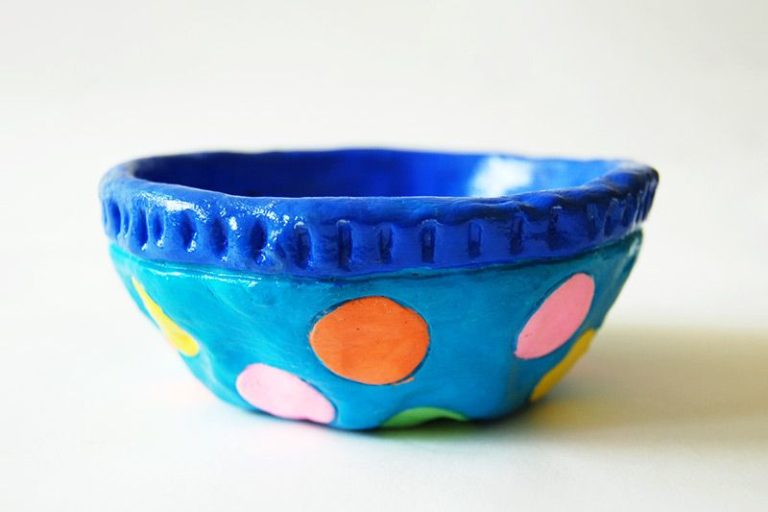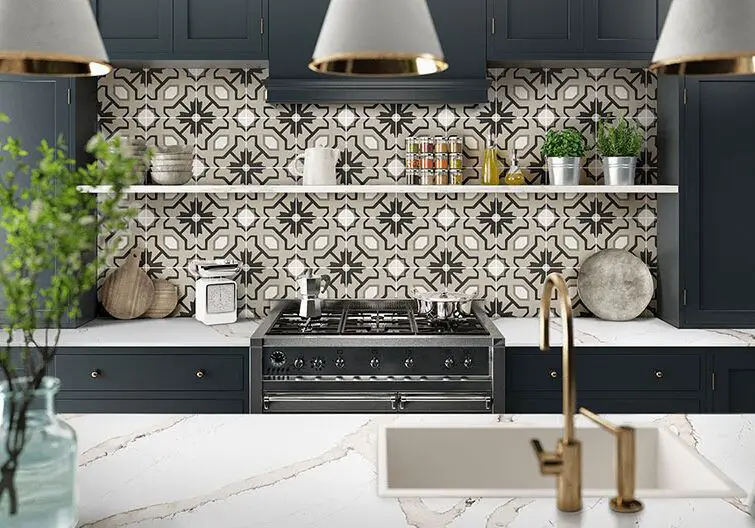Is There A Difference Between A Coffee Mug And A Coffee Cup?
Definitions
A coffee mug is defined as a heavy, sturdy cup with thick walls and a handle designed to hold hot drinks like coffee, tea, or hot chocolate. Coffee mugs are typically mug-shaped, meaning they have curved sides and a wide opening at the top.
A coffee cup refers to any type of cup that can hold a hot coffee beverage. Coffee cups come in a variety of materials and shapes, but a defining feature is a single handle or no handle at all. Coffee cups tend to be slightly taller and slimmer than the average coffee mug.
Origins
The history of coffee mugs and cups dates back hundreds of years. Coffee first started gaining popularity in the Middle East in the 15th century. As the drink spread to Europe and beyond, specialized vessels were created for consuming the hot beverage. These early coffee cups were made from materials like porcelain, earthenware, pewter and silver.
The distinguishing characteristic between a mug and a cup is the handle. Mugs have handles, while cups do not. The origins of the handled mug can be traced back to Germany in the 1600s. Tankards, beers steins and mugs were popular in Germanic regions. When coffee came to Germany, mug shapes were adapted for coffee consumption with the addition of a handle.
The first porcelain coffee mugs were produced by Meissen in Germany in the early 18th century. Porcelain mugs were more durable and easier to clean than earthenware versions. The early porcelain mugs often had decorations in blue and white inspired by Chinese porcelain.
In the Victorian Era in the 19th century, decorative coffee cups and mugs became popular status symbols among the upper classes in Europe. Intricate decorations and designs were created on porcelain cups and mugs. This marked the divergence between utilitarian mugs for the working class and decorative mugs for the aristocracy.
Materials
Coffee mugs and cups can be made from a variety of materials, including ceramic, glass, stainless steel, and plastic. The most common materials used are:

Ceramic – Ceramic mugs are a popular choice because they retain heat well and are durable. Ceramic mugs come in a huge variety of colors, designs, and styles.
Glass – Glass coffee mugs allow you to see the color of the coffee inside. They don’t retain heat as well as ceramic but can be used in the microwave. Glass mugs are delicate and can break if dropped.
Stainless Steel – Stainless steel travel mugs are excellent at retaining heat. They are also very durable and won’t chip or crack like ceramic. Stainless steel prevents any flavors from being absorbed into the mug.
Plastic – Plastic mugs are inexpensive, lightweight and virtually unbreakable. However they may retain odors and flavors and do not retain heat very well. Plastic mugs work well for iced coffee drinks.
Insulated – Insulated mugs have double walls and often vacuum sealed space between to block heat transfer. This allows coffee to stay hot for hours. Insulated mugs are popular for commuting.[1]
[1] “Best Coffee Mugs for Keeping Coffee Hot: Sip in Warm Bliss Longer.” Moka Coffee Pot, 22 May 2023, https://www.mokacoffeepot.com/best-coffee-mugs-for-keeping-coffee-hot/. Accessed 28 Feb. 2023.
Shapes
There are some notable differences in the typical shapes of mugs versus cups. Mugs generally have thicker, sturdier walls and larger openings compared to cups. Mugs tend to have more unique or playful shapes, like cylinders, spheres, or oversized handles. Some common mug shapes include:
- Cylindrical – Straight walls, flat bottom
- Tapered – Wider base tapering towards the top
- Bulbous – Rounded, bulb-like shape
- Novelty – Unique or quirky shapes like animals or characters
Cups usually have thinner walls and smaller openings than mugs. Cup shapes are typically simpler and designed for easy sipping. Common cup shapes include:
- Conical – Wider base tapering to a narrower rim
- Tulip – Flared opening like a tulip flower
- Campfire – Shorter, squat variation of the conical shape
- Shot glass – Very small with straight sides
The shapes of mugs are optimized for grip and volume, while cup shapes prioritize easy drinking. However, there is overlap between the shapes of some mugs and cups.
Sizes
There are some differences when it comes to standard sizes of coffee mugs compared to coffee cups. According to Coffee Mug Sizes: Guide to Finding the Perfect Cup, a standard coffee mug size is 12-16 oz while a standard coffee cup size is 8-12 oz. Coffee mugs tend to be larger and thicker than coffee cups. Here are some of the most common sizes:
- Coffee mugs: 12 oz, 14 oz, 16 oz
- Coffee cups: 8 oz, 10 oz, 12 oz
The sizes may vary slightly by region. For example, this guide shows a 10 oz mug and 6 oz cup as standard sizes in the US. The key difference is coffee mugs hold more liquid than coffee cups.
When choosing between a coffee mug or cup, consider how much coffee you want to drink at one time. Coffee mugs allow you to make more coffee at once while cups are better for a standard 6-8 oz serving. The thickness of the materials also affects heat retention – mugs retain heat longer than thin ceramic cups.
Handles
One key difference between coffee mugs and coffee cups is whether or not they have handles. Coffee mugs traditionally have handles, while coffee cups typically do not.
The handle on a mug allows for easier lifting and drinking, especially when the mug contains hot coffee or tea. Handles provide a place to grip the mug securely with less chance of spilling or burning one’s fingers on a hot container. The handle also helps insulate the hand from the heat of the mug’s contents.
In contrast, coffee cups are generally designed to be held around the body of the cup, without an extra handle. Some types of small coffee cups like espresso cups may include a very small handle or no handle at all. The small size and quick drinking experience of an espresso allows a handle to be unnecessary.
There are certainly exceptions – some mugs may be designed without handles, while some cups may include them. But in general, the presence or absence of a handle is one of the defining factors that differentiates a coffee mug from a coffee cup.
Lids
One of the key differences between mugs and cups is whether they have lids. Mugs are typically open-topped with no lid, while cups often have lids. According to Coffee Mug Lid – Amazon, coffee cups can have various types of lids such as plastic snap-on lids, sip lids with a small opening, or silicone lids with a slide opening for drinking. Lids help prevent spills and keep the contents hotter for longer. They also allow cups to be more portable and suitable for travel mugs.
Mugs on the other hand are intended for drinking hot beverages at home or work. They do not come with lids since they are larger and sturdier. Mugs are meant to be picked up and drank directly from, without a lid getting in the way. Some mugs may come with optional covers mainly to retain heat and aroma when not in use. But in general, mugs do not have lids while cups frequently do. The lid is a key functional difference between the two drinkware types.
Insulation
One of the main differences between coffee mugs and coffee cups is insulation. Mugs tend to be better insulated to keep the contents hot for longer. Many mugs are double-walled or made from insulated materials like ceramic or stainless steel. For example, double wall glass coffee mugs like these insulated glass mugs have a layer of air between the inner and outer wall to minimize heat transfer.
Coffee cups on the other hand are usually single-walled and made of materials like paper or plastic that don’t retain heat well. Disposable paper cups in particular provide very little insulation. While some cups may have an outer sleeve or double wall plastic construction, the insulation is generally inferior to a mug design. The lack of handles on cups also makes it more difficult to insulate them effectively.
For keeping coffee hot for an extended period of time while drinking, an insulated mug is the better choice over a standard disposable cup. Mugs are designed to maintain the temperature so the contents stay enjoyable to drink for longer.
Uses
There are some key differences in how coffee mugs and cups are commonly used:
Coffee mugs are most often used at home or in the office for drinking hot beverages like coffee, tea, hot chocolate, etc. Their insulating properties keep the beverages hot for longer. Mugs often have handles and larger volumes, like 10-20 oz., so they are useful for large servings of hot drinks. People often have favorite mugs they use every day.
Coffee cups are more single use, disposable, and used on-the-go. Paper and plastic cups are common for coffee shops, restaurants, and gas stations. Cups may only hold 8-12 oz. and don’t retain heat as well. Ceramic cups are used for serving coffee to guests or customers. Cups without handles are easier to carry.
So in summary, mugs are for repeated personal use, keeping large servings hot, and cups are more single use for transporting smaller servings.
Preferences
When it comes to consumer preferences between coffee mugs and coffee cups, there are some distinct differences. According to a 2022 survey by the National Coffee Association, 58% of coffee drinkers said they prefer to drink their coffee at home out of a mug, while 35% prefer to get their coffee to-go in a disposable cup when out and about. This aligns with market research showing steady growth in the reusable mug industry, but a plateauing of demand for single-use cups.
Those who prefer mugs cite the comfort, customizability, and environmental benefits as deciding factors. Mugs come in a huge variety of styles, materials, and sizes. They also retain heat longer than thin disposable cups. Many people also choose mugs to reduce waste. On the other hand, convenience and portability are the key advantages of coffee cups according to their proponents. The lid and insulating sleeve allow coffee cups to be taken anywhere without spills. The prevalence of coffee shops, fast food, and convenience stores sells a lot of on-the-go coffee in disposable cups out of necessity.
Consumer advocates point out the unknown health impacts of drinking hot liquids from plastic-lined disposable cups daily. More cafes now offer discounts for bringing your own mug. As reusable mugs continue getting lighter, more insulated, and easier to carry, they may convert more casual coffee drinkers. But disposable cups maintain an edge in portability and availability for busy consumers.





